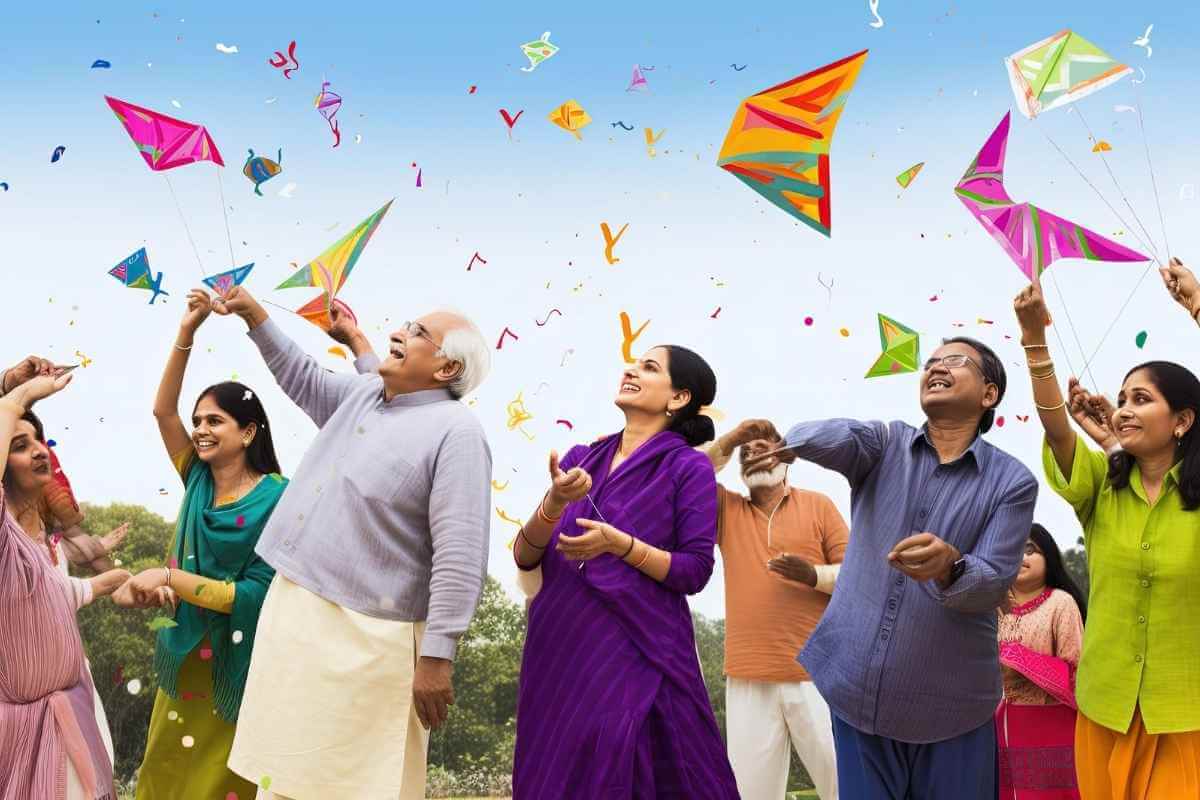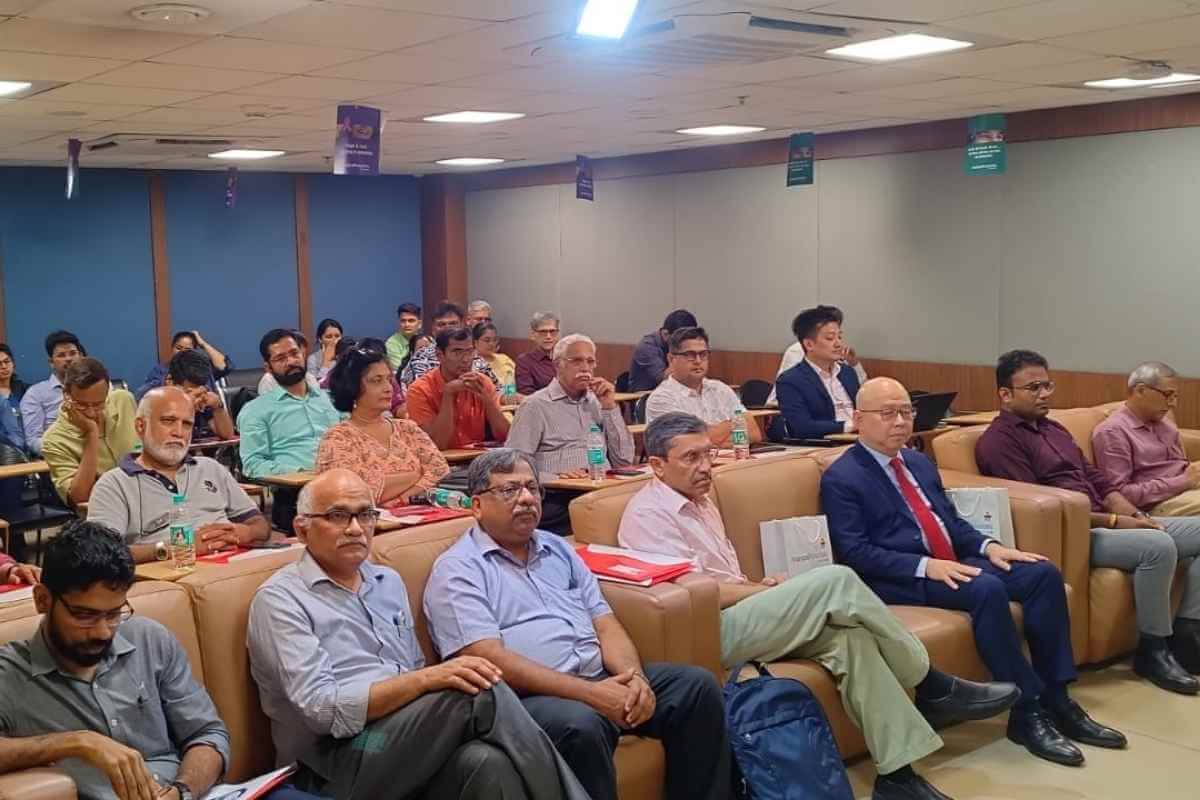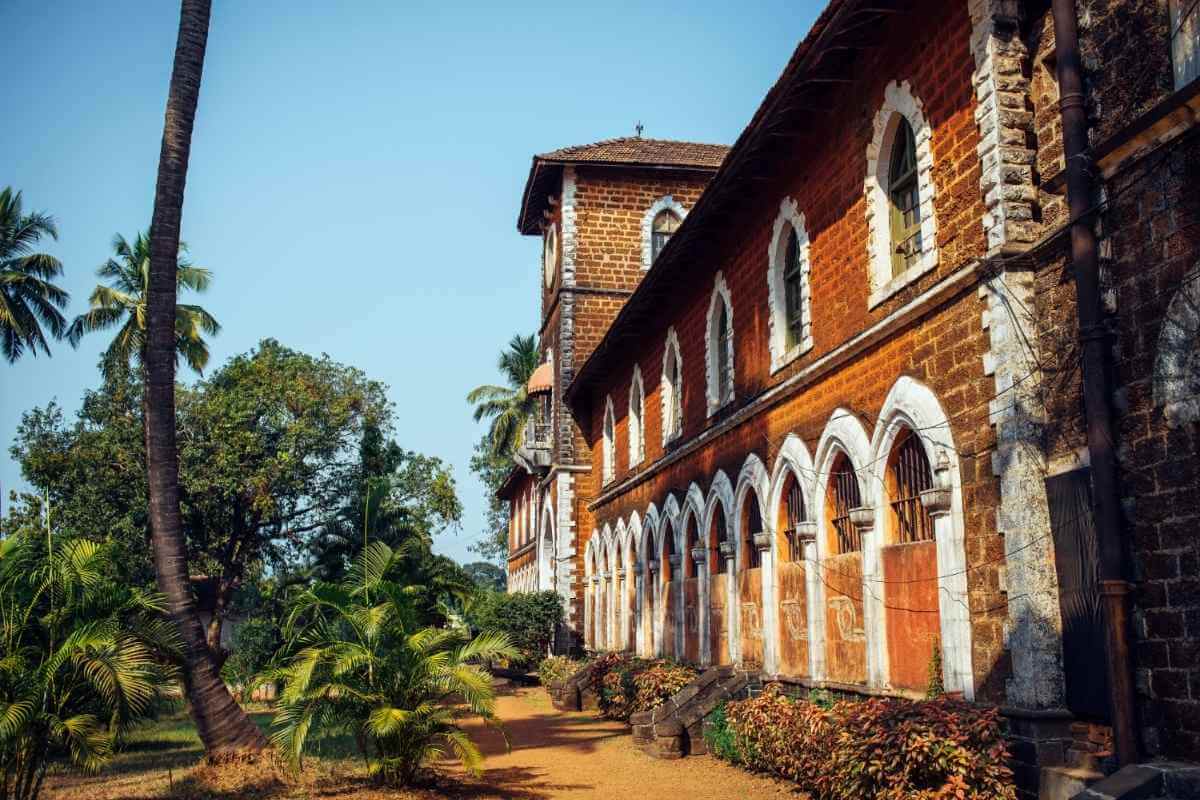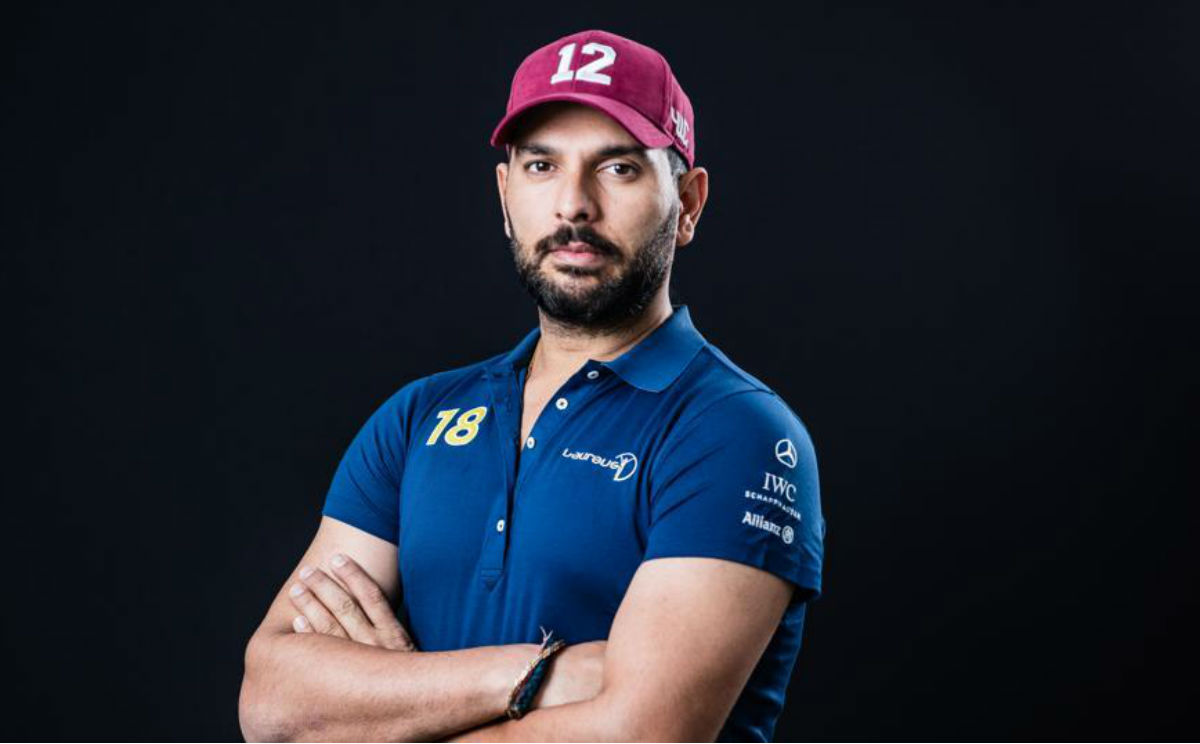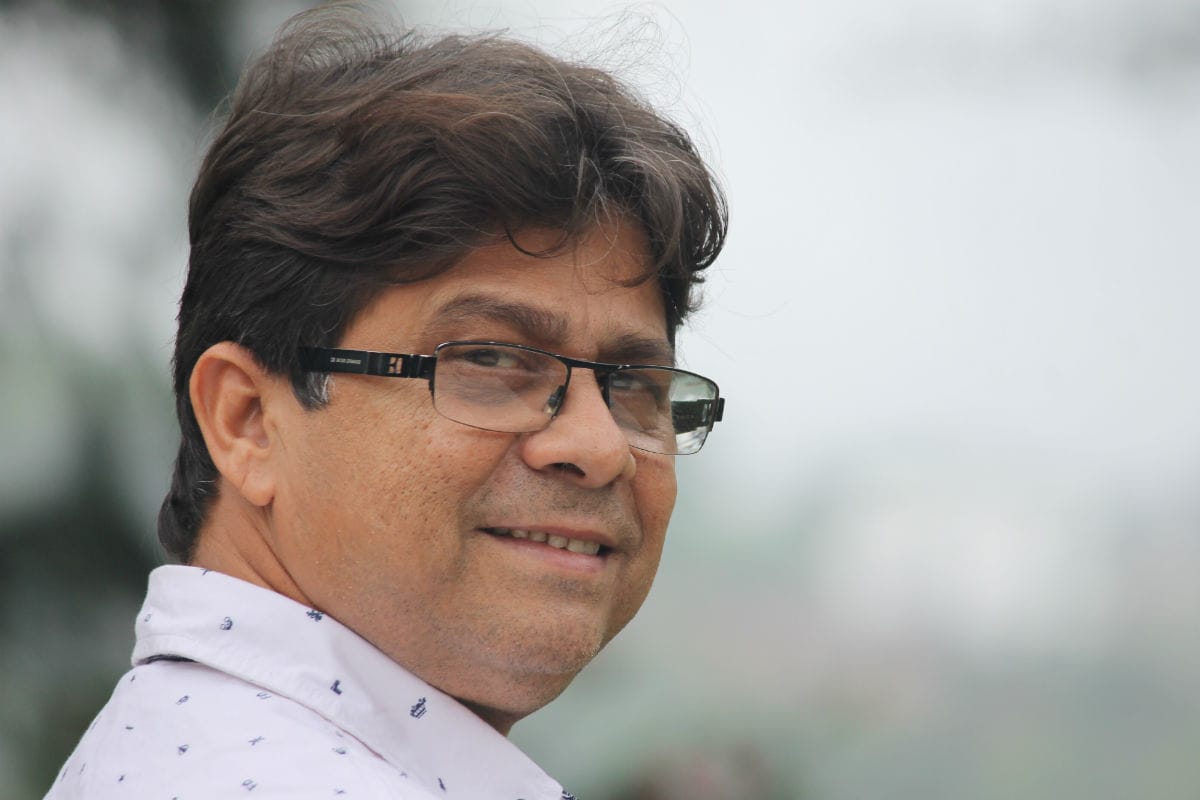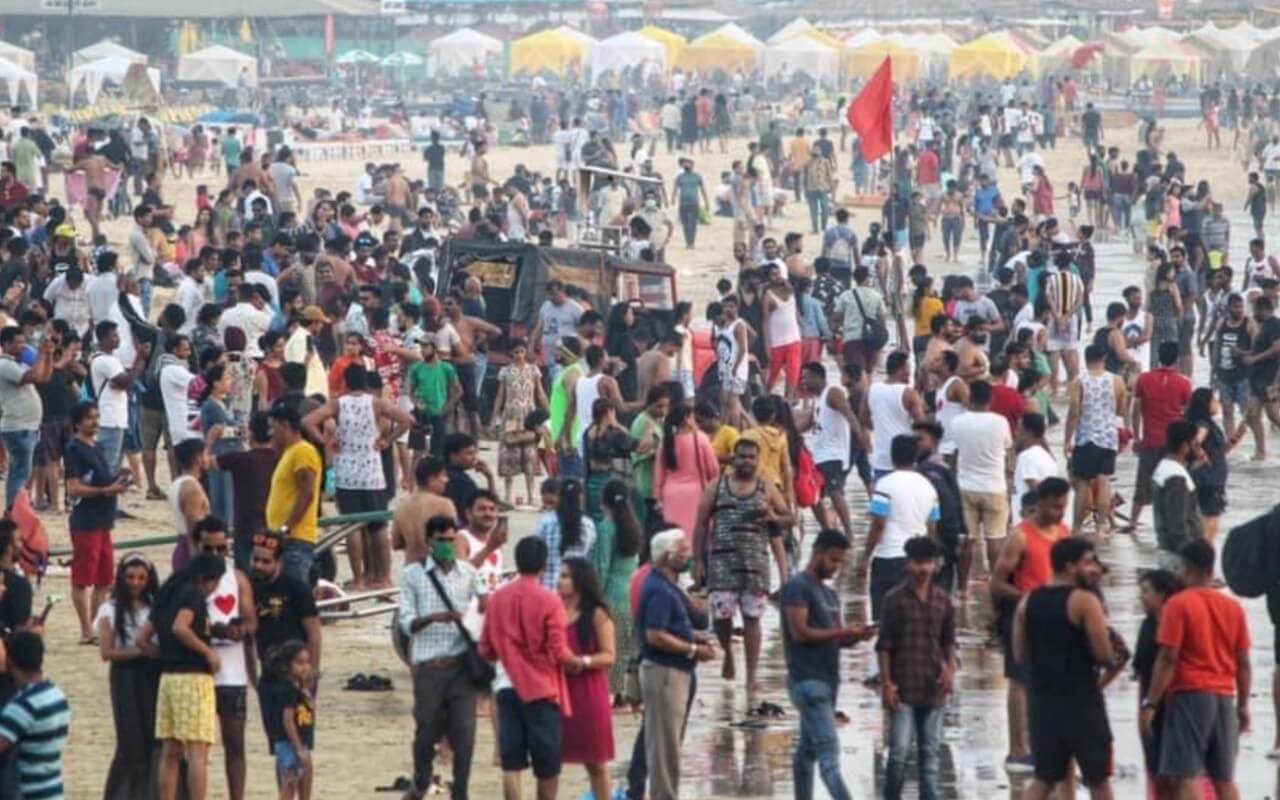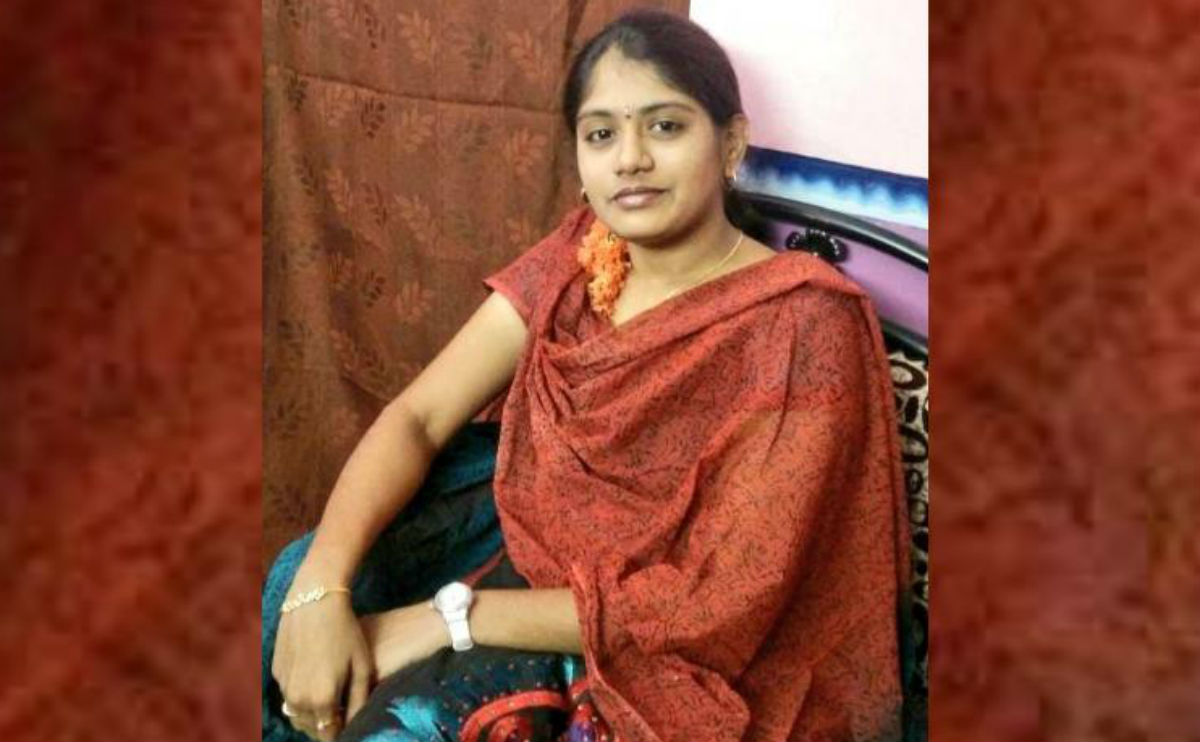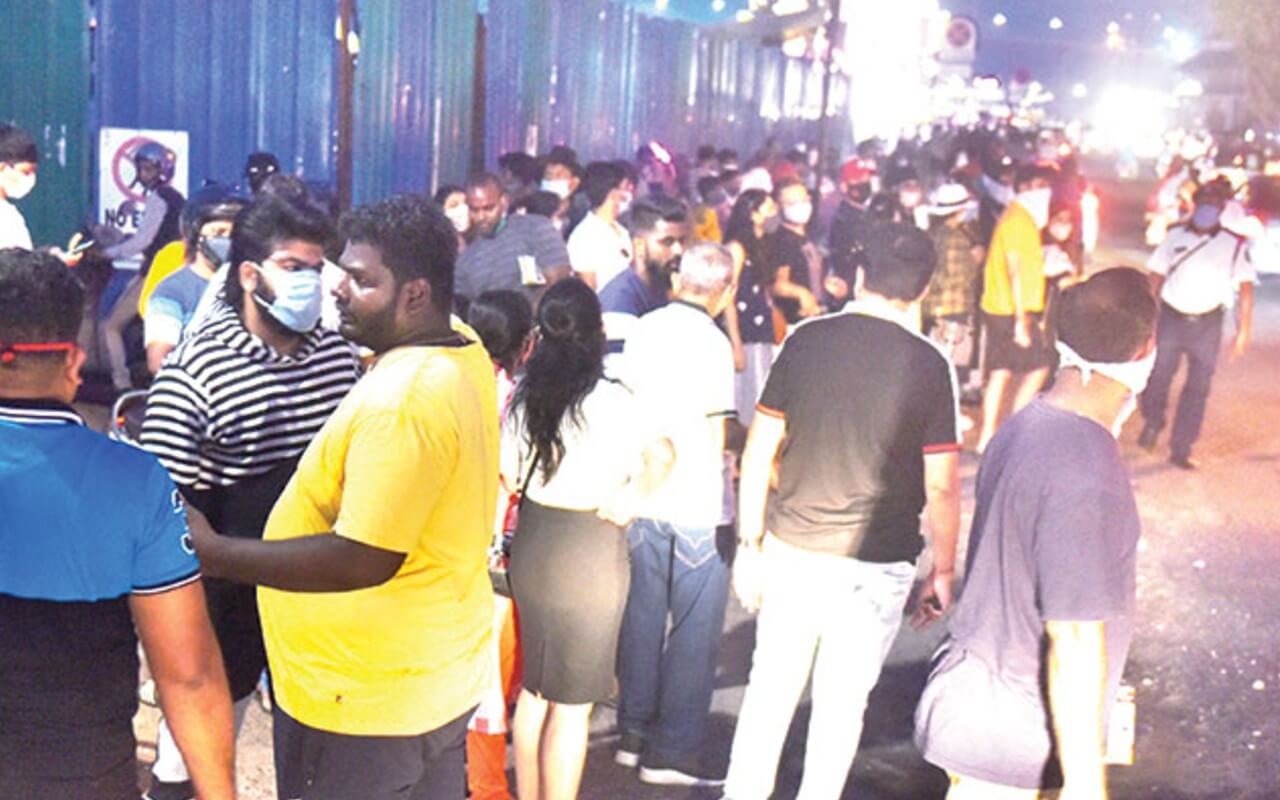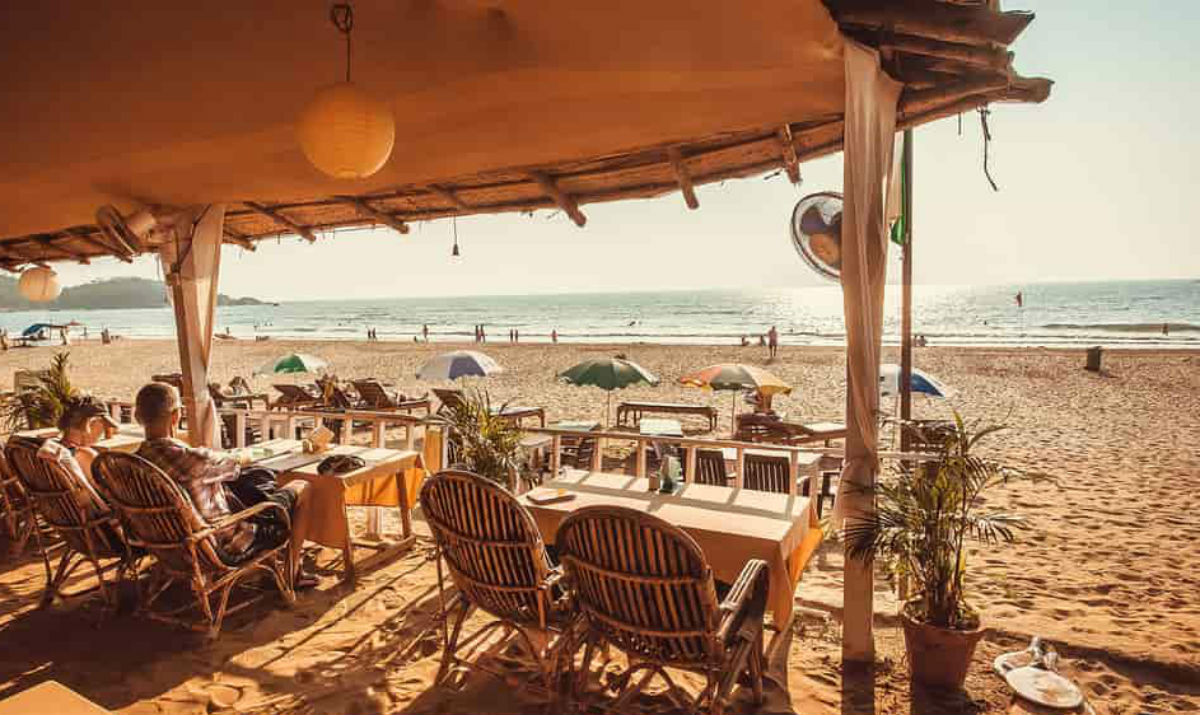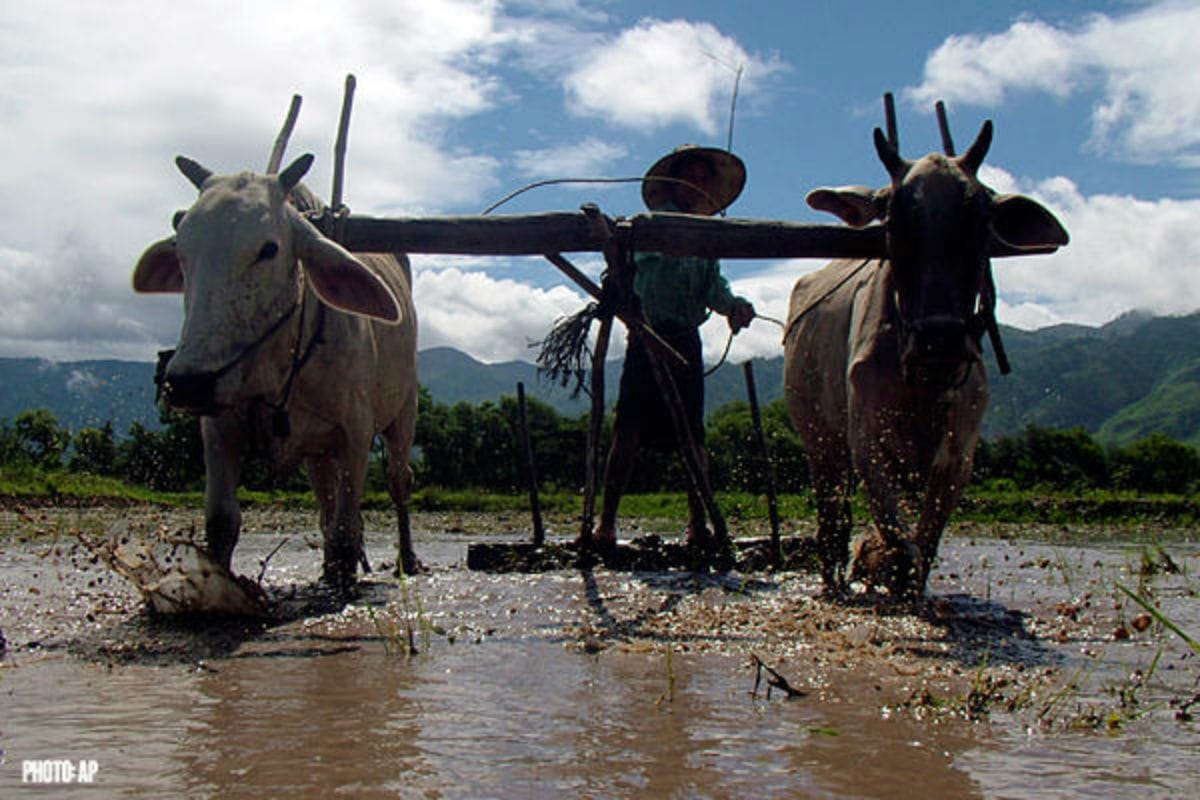Makar Sankranti, celebrated on January 14th each year, (15th January on a leap year) is a vibrant festival that marks the Sun’s entry into the zodiac sign of Capricorn (Makar). Known for its spiritual and agricultural significance, Makar Sankranti is celebrated with unique fervor in Goa, blending Hindu traditions, coastal influences, and a deep connection to the land and sea. While this festival is observed across India with various regional nuances, Goa’s celebration stands out due to its relaxed charm and coastal backdrop.
The Significance of Makar Sankranti in Goa
In Goa, Makar Sankranti heralds the transition from winter to summer, as the Sun shifts into the northern hemisphere. This solar movement, known as Uttarayan, is a time of spiritual awakening and positive change. For Goans, the festival is both a religious observance and a celebration of the harvest, particularly the crops of rice, sugarcane, and pulses, which are important to the region’s agrarian communities.
In Goa, Makar Sankranti is not only about harvest rituals but also an opportunity to express gratitude to nature. The Sun, which governs life and growth, is revered during this time, and the festival is seen as a way to align oneself with the natural rhythms of the earth.
Traditional Rituals and Celebrations
Though Makar Sankranti is not as flamboyant as Carnival in Goa, it is deeply rooted in tradition and celebrated with joy, especially within Hindu communities. Here’s a glimpse into some of the unique practices that make this festival special in Goa:
1. Sweets and Festive Foods: Sharing Blessings of Sweetness
A key highlight of Makar Sankranti in Goa is the preparation of “tilgul”—a sweet made from sesame seeds and jaggery. This simple yet meaningful delicacy symbolizes warmth, prosperity, and good health for the year ahead. It is customarily exchanged with friends, family, and neighbors as a gesture of goodwill.
The consumption of “tilgul” on Makar Sankranti is often accompanied by the phrase “Tilgul gya, god god bola,” meaning “Take the sesame and jaggery, and speak sweet words.” This reinforces the festival’s emphasis on harmony, goodwill, and fostering positive relationships.
2. Poojas and Rituals: Paying Homage to the Sun
On this auspicious day, Goans perform special poojas at home and in temples, seeking blessings from Lord Surya (the Sun God). Many Goans also participate in sacred rituals like offering water to the Sun or taking a dip in holy rivers like the Mandovi or Zuari, believed to purify both body and soul.
The significance of Makar Sankranti in Goa extends beyond individual devotion—it’s also a communal event. Local temples often host elaborate prayers and celebrations, bringing together people from the community to share in spiritual renewal.
3. Kite Flying: A Colorful Tradition
Though not as widespread as in Gujarat or Rajasthan, kite flying is an enjoyable part of Goa’s Makar Sankranti celebrations. The beaches along the coast, come alive with people flying vibrant kites. For locals, this is not just a fun pastime but also a symbolic gesture of freedom, joy, and the upward journey of the Sun.
Kite flying fosters a spirit of camaraderie, as people compete to cut each other’s kites in good-natured rivalry. It’s a community activity that unites people of all ages and reflects Goa’s laid-back yet lively atmosphere.
Goa’s Coastal Influence: A Unique Twist on Tradition
What makes Goa’s Makar Sankranti so special is its ability to blend agricultural customs with its coastal lifestyle. The Sun’s movement into Capricorn is celebrated not only with agricultural rituals but also with the vibrancy of the sea.
The warm, tropical climate of Goa allows for outdoor celebrations, making it a time to gather on the beaches or in courtyards to enjoy the festivities. The sight of kites soaring against the backdrop of the Arabian Sea and the sound of traditional music filling the air add to the charm of Makar Sankranti in this coastal paradise.
Conclusion: A Celebration of Life, Light, and Togetherness
Makar Sankranti in Goa is more than just a festival; it’s a beautiful expression of the region’s culture, its connection to the land, and the sea, and its unwavering sense of community. With its blend of traditional rituals, feasting, kite flying, and spiritual observance, the festival embodies the essence of Goa—a place where joy, warmth, and togetherness take center stage. Whether you’re enjoying a sweet “tilgul,” flying a kite or sharing a meal with loved ones, Makar Sankranti in Goa is a time to celebrate life, embrace the sun’s warmth, and honor the beauty of the world around us.

